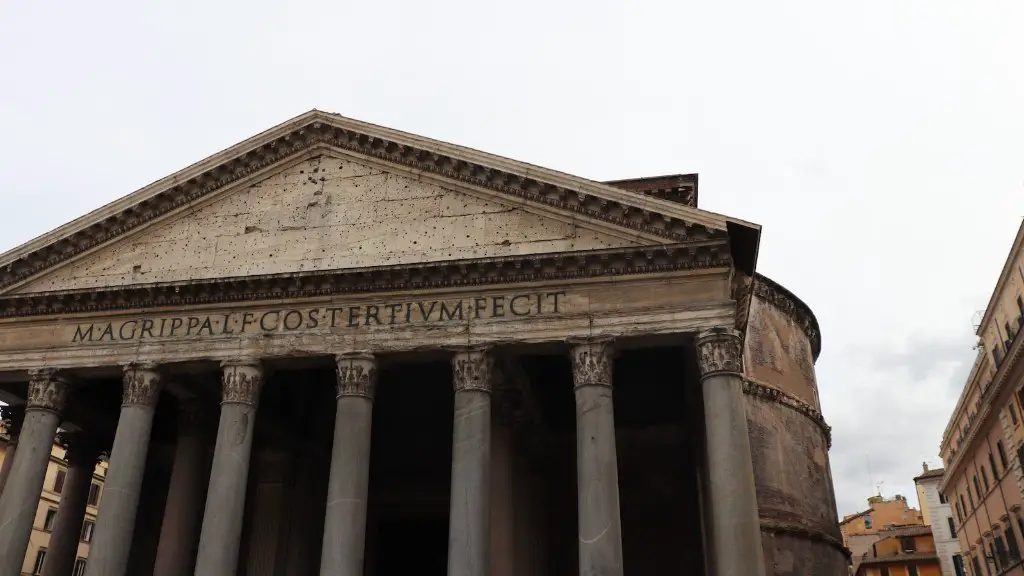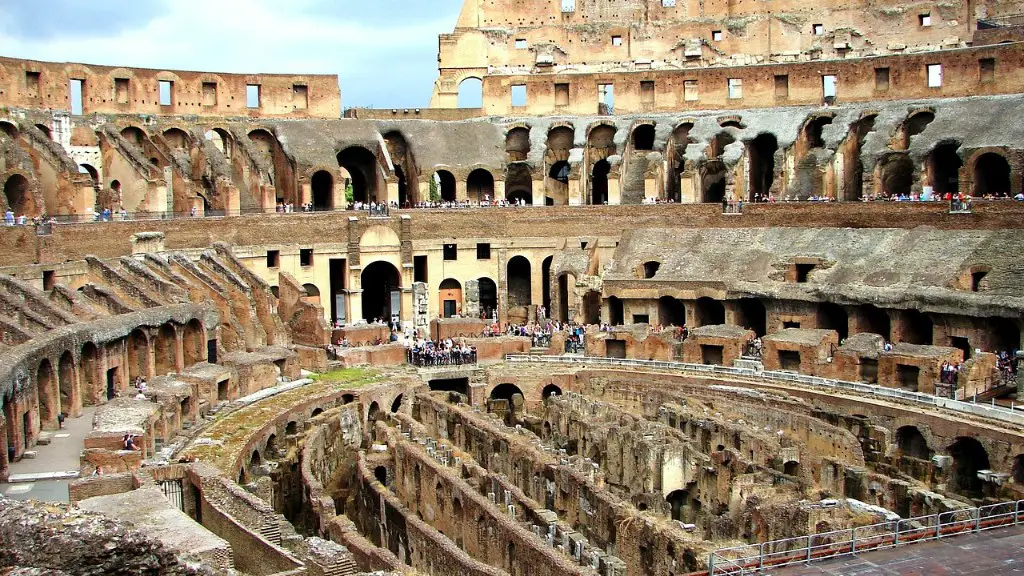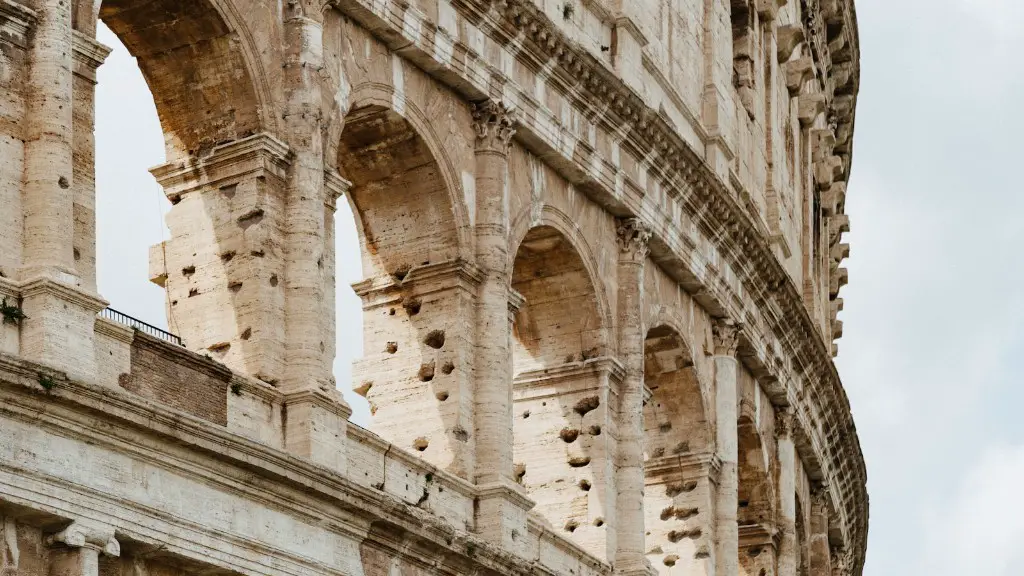Introduction
Ancient Rome was a remarkable, influential city that was renowned for its majestic architecture, amazing engineering feats, and its diverse population. Rome was an epicenter of culture, religion and governance and was a shining beacon of power and influence in the Mediterranean until its decline in the fifth century AD. It was also a city of contrasts, with immense wealth and privilege contrasted starkly with abject poverty and exploitation. Despite its fall from glory, the legacy of Rome still influences the West to this day.
Geographic Origins
Located along the Tiber River in an area known as the Roman Forum, Rome has been populated by people since at least 1000 BCE and was formerly known as the Kingdom of Rome. The city was founded by the twin brothers Romulus and Remus around 750 BCE, who had been raised by a she-wolf. Rome went on to become the capital of the Roman Empire and its influence spread throughout Europe, North Africa, and the Middle East.
Architecture
Ancient Rome was renowned for its magnificent architecture. The city was home to a number of renowned structures, including The Colosseum, the largest amphitheater in the world, The Pantheon, a temple dedicated to all the gods of the Roman Empire and the mighty walls encircling the city. The city was also home to a number of impressive villas, ornate baths, and public works such as aqueducts and bridges.
Culture
The culture of Rome was quite distinct from other cultures of the time. The people of Rome were polytheistic, worshipping a range of gods through a variety of rituals and ceremonies. Roman literature and art was also prominent and there were several renowned poets and playwrights, as well as well-known painters and sculptors. Rome was also a centre of learning, with philosophers and scholars from around the Mediterranean trading ideas and knowledge.
Politics and Governance
Rome was governed by a senate and was divided into two parts: the Senate of Rome and the People’s Assembly. The Senate was the ruling body and were responsible for overseeing the administration of the Roman Republic. The People’s Assembly was comprised of all citizens of Rome, and were also consulted when important decisions were made.
The Roman Empire
In its heyday, the Roman Empire was a powerful and influential entity. It had a strong military which enabled it to expand its boundaries, and it had a strong system of government and law, enabling a period of relative peace and prosperity. It also had a strong currency and a stable economy, which allowed its citizens to live relatively comfortably.
Contrasts
Ancient Rome was a city of contrasts, where immense wealth and privilege sharply contrasted with abject poverty and exploitation. Fortunes could be made and lost overnight, and the Roman government’s attitude towards slavery and exploitation of its citizens was often ruthless. The poorer classes were often used as cannon fodder for the Roman military and were frequently subject to brutal treatment.
Social Climate
Although the wealthy were well-off, Rome was still a patriarchal society where women were often viewed as inferior. Women were not granted the same rights as men, and were expected to obey their husbands in all matters. Although some women were able to rise to positions of influence, they were still viewed as second-class citizens.
Influence
Despite its fall from glory in the fifth century AD, the legacy of Rome still influences the west to this day. It was a major centre of learning and culture, and its legal systems shaped the basis of much of Europe’s current systems. Rome was a major political and economic power, and its influence can still be seen in modern-day politics and economics.
Women’s Rights
Women in Ancient Rome were often viewed as second class citizens, even though a select few managed to rise to positions of power and privilege. Women were denied basic rights such as the right to own property and were expected to obey their husbands in all matters. Women were also not allowed to vote or hold office. Despite this, there were still some strong female voices in Rome who advocated for women’s rights and pushed for gender equality, such as the philosopher and author Cornelia Scipionem Africanam.
Cultural and Moral Significance
Ancient Rome had an enormous influence on western culture. Its system of law formed the basis of many legal systems in Europe, and its architecture and engineering feats have been admired and studied for centuries. Rome also provided a moral foundation for society, with its emphasis on citizenship, justice, and pursuit of wisdom. Its ideals have been the source of inspiration for generations of artists, writers and thinkers.
Conclusion
The fall of the Roman Empire was a major event that changed the history of the world, but its legacy still lives on today. The city of Rome itself was a remarkable example of the contrast between the wealthy and powerful, and the poor and exploited. Its architecture and engineering feats have awed generations, its literature and art has inspired thinkers, and its ideals have provided the foundations of society.


